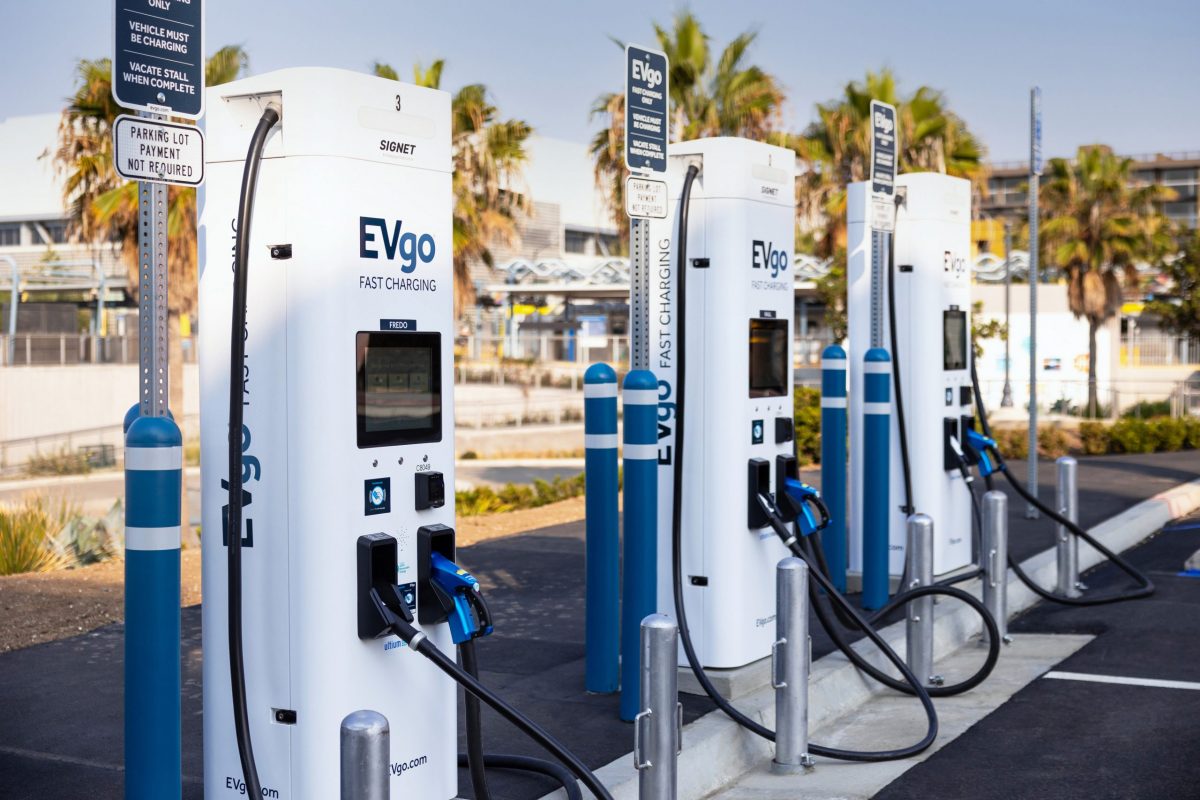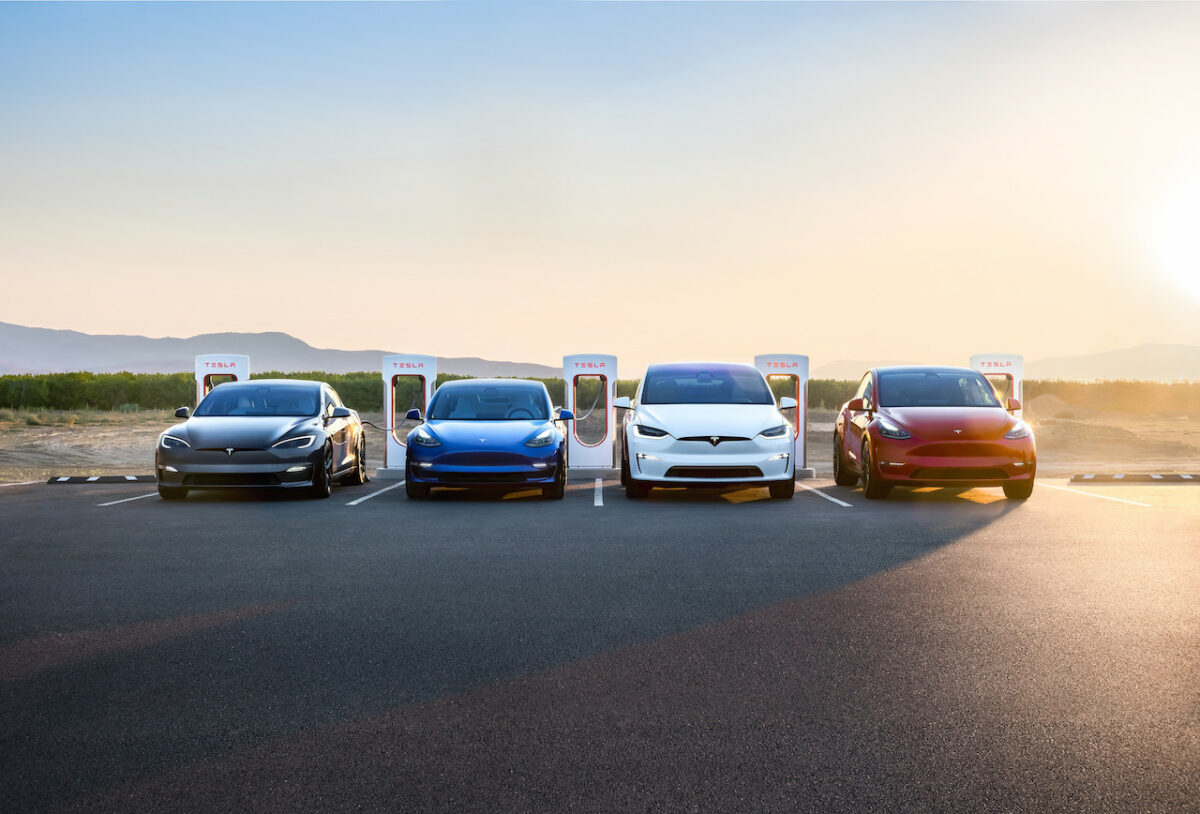Locality is essential, and it’s what lies behind the positive growth being experienced by FEV across a number of markets, as Dean Tomazic, Executive Vice President and Chief Technology Officer at FEV North America, explained to Megatrends.

development work, says Dean Tomazic
Tomazic is responsible for the company’s activities in the North American market, overseeing powertrain developments. He supervises the work on various kinds of internal combustion engines (ICEs), from small passenger vehicle engines to large bore locomotive and marine engines. Beyond this, Tomazic is also in charge of the development of individual driveline components, such as transmissions and drivelines.
What are the current megatrends affecting your work at FEV?
Very high on the list are fuel economy and CO2 emissions, both of which are legislated here in the US. There is a wide variety of different technologies that are being pursued in order to meet and address these requirements, ranging from downsizing and down-speeding to the light-weighting of vehicles. Considerable work has also been done on the transmission side in recent years. We have gone from five-speed manuals and automatics to now looking at ten-speed transmissions. We are also developing electrified transmissions for hybrid applications.
A big contributor is the variable compression ratio mechanism (VCR). We have developed two different systems – a continuously variable compression ratio mechanism, and a two-step. The two-step is essentially a simplified version – it is both easier and cheaper to incorporate, so we are seeing a lot of interest among our customers and several programs are on-going because of the high potential of such a technology to meet fuel economy and CO2 targets.
What are the challenges posed by emissions standards and targets?
The US is the leader in terms of emissions, with the toughest standards worldwide. Clearly, a fleet average of SULEV 30 is a very stringent emissions level. But we already had SULEV applications in the marketplace many years ago, so we don’t believe that the future requirements are a major concern. However, this is an average for the entire fleet, which poses another challenge altogether, as we must look at a variety of different applications. It’s one thing to do it with the smaller passenger cars, but larger trucks are another story. These are the challenges we are considering, and we need to meet them as cost effectively as possible.
How can OEMs and engine developers hope to meet future emissions standards whilst keeping costs low?
When we look at the design perspective for engines, we see the development of an increasing number of engine families as OEMs worldwide attempting to consolidate their engine platforms. This means that, within an engine family, the same combustion system and arrangement will be used, whether it’s a three-cylinder inline engine or a six-cylinder inline engine. To save costs, commonality is king – it is crucial to include part commonality as much as possible within an engine family. This is something that we see everywhere. Even if the engine that we develop with our customers is not necessarily part of an engine family, we are still required to approach it from the perspective that we should have as many common components as possible to further reduce costs.
 Can OEMs use this theme of commonality to make hybrid powertrains cheaper?
Can OEMs use this theme of commonality to make hybrid powertrains cheaper?
When you look at the hybrid powertrain versus the conventional powertrain, there is a requirement for the engine to change. You wouldn’t necessarily use the same engine in a hybrid powertrain that you would put into the same conventionally powered vehicle.
Instead of using a six-cylinder engine that would be placed in a conventional vehicle, you utilise a much smaller engine in the hybrid system. No matter where you would incorporate these engines, if they are part of an engine family they will cost less. On an absolute basis, the engine that would be integrated in that application wouldn’t cost more in a different vehicle because it’s the same engine. Of course, the smaller engine is generally cheaper than the six-cylinder base version, but the cost savings will be partially, if not fully, offset by the additional components that are part of a hybrid system.
Commonality could help reduce the cost of hybrid vehicles, but whether it makes it more attractive to an extent that would push the consumer more towards a hybrid is less clear.
What are the main factors driving FEV’s global growth?

We have several technical centres worldwide that we have established over the years, and this is really necessary in order to support our customers locally. We do not believe it is possible to have one central company supporting our customers worldwide. Locality is essential, and you have to have all the capabilities to support your customer from a product engineering perspective.
We have structured FEV to establish business units that individually address the different market areas, including electronics and electrification. We acquired a company called DGE that deals primarily with infotainment, telematics, car-to-X communication and autonomous driving. Those are all things that we are intensively working on, and that are crucially important to FEV going forward. Again, they are best done locally, not centrally.
Localisation is a growing industry trend – can you please elaborate on that point?
Localisation of manufacturing is gaining traction, where the world’s largest OEMs build engines within a country that are intended for a local market. Instead of having centralised plants and transporting engines from, for example, Europe to various other markets, OEMs are manufacturing them at the same quality level for a much lower price in local markets.
This is an area where we provide significant support to our customers from a value engineering perspective. Our production engineering group provides services to our clients, to investigate how much it would cost to manufacture components in different areas of the world. So we support our customers in making these kinds of decisions.
Does the localisation of plants for companies make the commonality issue harder to address?
No, because at the end of the day, all of these engines need to fit into certain vehicle platforms and, hence, follow the same design and manufacturing requirements. It requires strategic long term planning, and isn’t something that can be done overnight. But once this is a fit, you essentially build the same engine that you would in Europe, for example, as in the US, or Mexico, or wherever it would be. The engine still fits into the same vehicle platform.
There are different requirements in different markets, so it must be considered from the start that everything will fit into the vehicle. But if that is being done, then, from a commonality perspective, there is no disadvantage in manufacturing components, engines, or entire powertrains somewhere else, as long as the quality is equivalent.
Michael Nash



